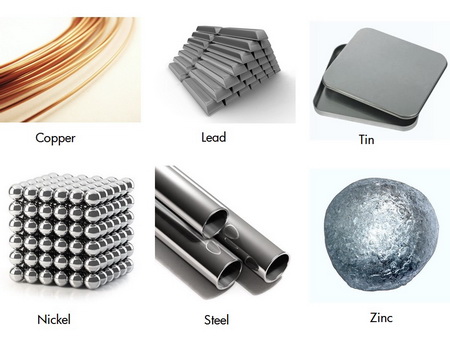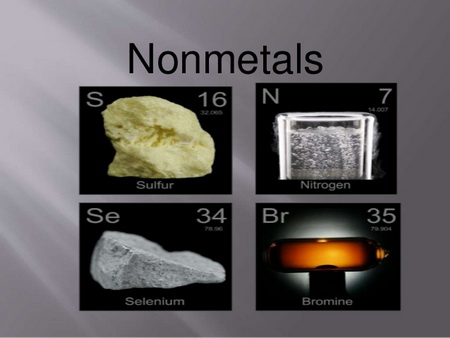What are examples of metals, non-metals and metalloids?
2 Answers
Metals like sodium are found on the left side of the periodic table. Non metals like Oxygen are found on the left side of the periodic table. Metalloids like Silicon are found between the metals and nonmetals.
Explanation:
Metals lose electrons to become positive ions. The elemental metals bond using metallic bonding which uses a sea of electrons to bond unlimited numbers of atoms together. Most elements are metals. magnesium, iron, silver are examples.
Metals have low electronegativity and want to lose electrons.
Non metals gain electrons to become negative ions. The elemental nonmetals bond using covalent bonds. There are fewer nonmetals that metals. The noble gases, Oxygen, Nitrogen are examples.
Nonmetals have high electronegativity and want to gain electrons.
Metalloids can go either direction becoming either positive or negative. There are very few metalloids. examples are Carbon, Silicon.
Here are some examples.
Explanation:
Five common metals are copper, lead, tin, nickel, and zinc.

(From A2ua)
Four common nonmetals are sulfur nitrogen, selenium, and bromine.

(From SlideShare)
The seven metalloids are boron, silicon, germanium, arsenic, antimony, tellurium, and polonium.

The three types of elements occupy their own places in the Periodic Table.
Metals are at the left, nonmetals are at the right, and metalloids straddle a zig-zag line that separates metals from nonmetals.

